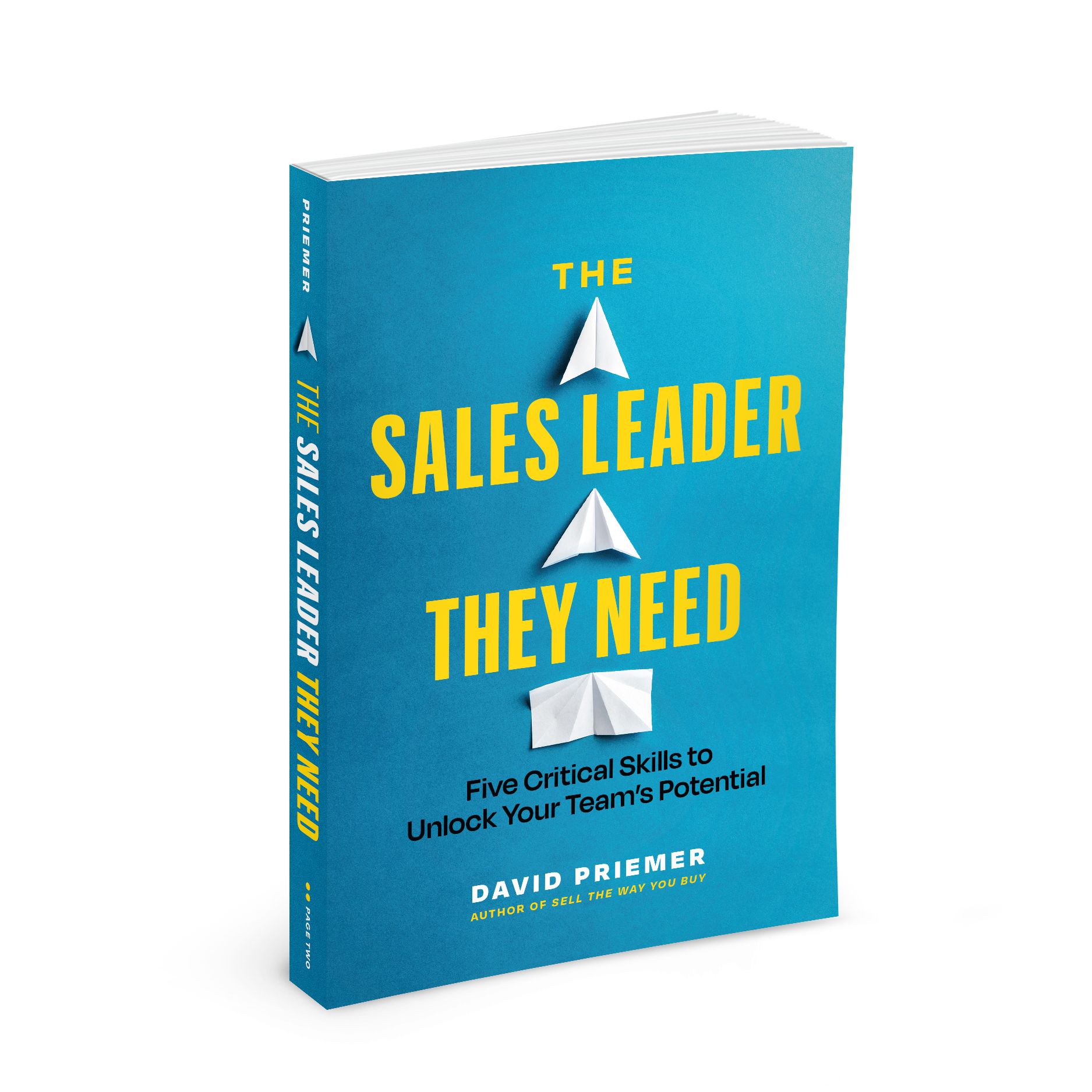Sell More by Leading with What You Believe
On September 20th, 2013 at 2:30AM, tech writer Stewart Wolpin arrived at Apple’s flagship store on 5th Avenue in New York City. His goal; be one of the first to purchase the much-anticipated iPhone 5S, going on sale the next morning. Stewart likely felt his early arrival would help him secure front-of-the-line status. He was 300th.
By now we all know that Stewart’s story is not unique. In fact, it’s amazingly consistent with what we have come to expect from Apple product launch days. Events that have become synonymous with overnight camp-outs, grown-up giddiness, and massive customer fanfare. In fact, during the launch of the iPhone X in November of 2017 the first person in line to purchase the latest device in New York City had to camp out in front of the store for five days to earn that honor. But what’s so magical about Apple that makes consumers react that way?
 In his book, Start With Why, noted author, Simon Sinek, asserts that customer reactions like these are rooted in an organization’s ability to tap into the shared values and beliefs of their customers. In short, people react that way because they “don’t buy what you do, they buy why you do it.” To explain the concept further, Sinek introduces a codified approach called, the Golden Circle. The approach uses a simple diagram consisting of three concentric circles to describe the level of awareness an organization (and to a great extent, their customers) has with its purpose or value system. Specifically, their What, How, and Why.
In his book, Start With Why, noted author, Simon Sinek, asserts that customer reactions like these are rooted in an organization’s ability to tap into the shared values and beliefs of their customers. In short, people react that way because they “don’t buy what you do, they buy why you do it.” To explain the concept further, Sinek introduces a codified approach called, the Golden Circle. The approach uses a simple diagram consisting of three concentric circles to describe the level of awareness an organization (and to a great extent, their customers) has with its purpose or value system. Specifically, their What, How, and Why.
Sinek explains how every organization in the world understands what it is they do; the basic principle of their business. e.g. We manufacture ball bearings. We bake delicious cupcakes. We provide investment products and advice.
He goes on to describe how fewer organizations know How they do what they do; the functional nuances that separate them from the competition. e.g. We use a unique and proprietary manufacturing process with a carbon-neutral footprint. We make our products by hand in small batches to preserve quality. All of our advisors undergo a rigorous 15-week training process.
Finally, he asserts that very few organizations understand Why they do what they do; their intrinsic motivation, their core values that drive the organization’s behaviors and decision-making processes. But indeed nailing the Why is the key to disrupting your audience’s inertia and driving massive amounts of Apple-like customer affinity. The easiest way to describe the galvanizing power of Why is with a concept I call, the belief statement.
For Apple, most of their product launches in recent years feature slick videos with commentary from Apple designers, engineers, and executives. These videos, while camouflaged as beautiful product showcases, are actually packed with statements not about what the products do, but the design thinking behind them; in essence, the tightly-held beliefs with which Apple’s design team operates.
- “We believe our users should be at the center of everything we do.”
- “We believe that a piece of technology should be as beautiful as it is functional.”
- “We believe that making devices thinner and lighter, but more powerful requires innovative problem solving”.
Rise of the Belief-Driven Buyer
These belief statements are so compelling because, as buyers, they resonate with our personal belief systems; a more fast-acting pathway by which to get your message heard. In fact, the 2023 and 2022 Edelman Trust Barometer studies revealed that nearly 2 in 3 people are belief-driven buyers. And this doesn’t just apply to products and services, but where we choose to work and the investment vehicles we choose.

A brand’s beliefs help align and validate our own beliefs, even if they are aspirational. For example, if I see myself as someone who should visit the gym and lose some weight, a well-timed ad from a health club or fancy kitchen blender evangelizing the benefits of a healthy lifestyle may be enough to quickly convert me. In the case of Apple, the same phenomenon results in mobs of smitten consumers arriving at stores in droves, braving long lines and paying premium prices, as if to say “Yes! I DO believe I should be at the center of everything you do! Technology SHOULD be beautiful! Thinner? Lighter? More Powerful? Of course! We share the same vision! We’re both cool!” (although these actual words are likely rarely spoken)
Many sales methodologies focus on uncovering a buyer’s personal and emotional motivations for the very reason that those elements inspire the quickest and most decisive action. But belief statements aren’t limited to the consumer world. In the context of how great leaders inspire action, Dr. Martin Luther King Jr.’s now-famous “I have a dream” speech is a perfect example of how deep conviction around a set of beliefs can quickly galvanize a massive audience.
How to Pitch With Beliefs
So how can your business harness the power of values and beliefs to engage your target customer? Simple: Lead with what you believe! First, think about what it is your organization believes that differentiates it from your competition. Next, craft a statement (or series of statements) you can use across your sales and marketing efforts. For example:
- “We believe you should be able to run your business from your phone.”
- “We believe that traditional performance reviews are old and outdated.”
- “We believe that eating healthy, organic food shouldn’t cost more.”
Here are three tips for making belief statements work for your business:
- Point to a specific well-understood (but not often articulated) challenge. Don’t force your customers to make huge mental leaps in their own belief systems. Simple, polarizing, and customer-centric messages are great places to start. In addition, don’t pick challenges and beliefs that are clichéd and overused. For example, “We believe in providing world-class financial services at very low fees”. Everyone says that! You won’t stand out if you do too.
- Don’t refer to your products or services directly. Nothing kills the mood of a lofty, altruistic, belief statement faster than mixing it with a blatant pitch. For example, “We believe our Acme Co. mobile app is the best way to run your business from your phone.” Keep it all about the audience and their opportunity.
- Asking yourself, would my target audience be smiling and nodding in knowing agreement? If you want a quick litmus test to determine whether or not you’re on the right track, ask yourself if a typical member of your target audience would immediately smile and nod when they hear your belief statement. If the answer is no, you have more work to do.
Disrupting your customer’s inertia and moving them to act in a world full of distractions and flashy messages can be tough. But when it doubt, leading with what you believe is one of the most powerful ways to build massive amounts of fast and long-lasting affinity.
Bonus Video: Harnessing the Massive Conversion Power of Conviction
We promise never to send you junk or share your email! Just helpful sales insights.














Leave a Reply
Want to join the discussion?Feel free to contribute!